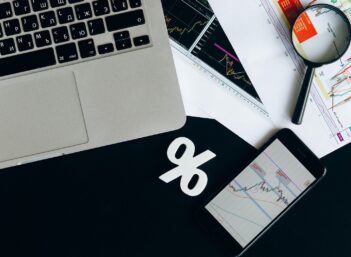What is Backtesting?
Backtesting is the process of applying a trading strategy or analytical method to historical data to see how accurately the strategy or method would have predicted actual results.
How Does Backtesting Work?
For example, let's assume you devise a model that you think consistently predicts the future value of the S&P 500. By using historical data, you can backtest the model to see whether it would have worked in the past. By comparing the predicted results of the model against the actual historical results, backtesting can determine whether the model has predictive value.
Nearly any method for predicting anything can be backtested. For example, an analyst can backtest his or her methods for predicting a company's net income, the degree of volatility of a particular stock, key ratios, or return percentages. Technical traders are the most common users of backtesting, and most backtesting today is done with computer software.
Why Does Backtesting Matter?
Backtesting offers analysts, traders, and investors a way to evaluate and optimize their trading strategies and analytical models before implementing them. The notion is that a strategy that would have worked poorly in the past will probably work poorly in the future, and vice versa. But as you can see, a key part of backtesting is the risky assumption that past performance predicts future performance.



